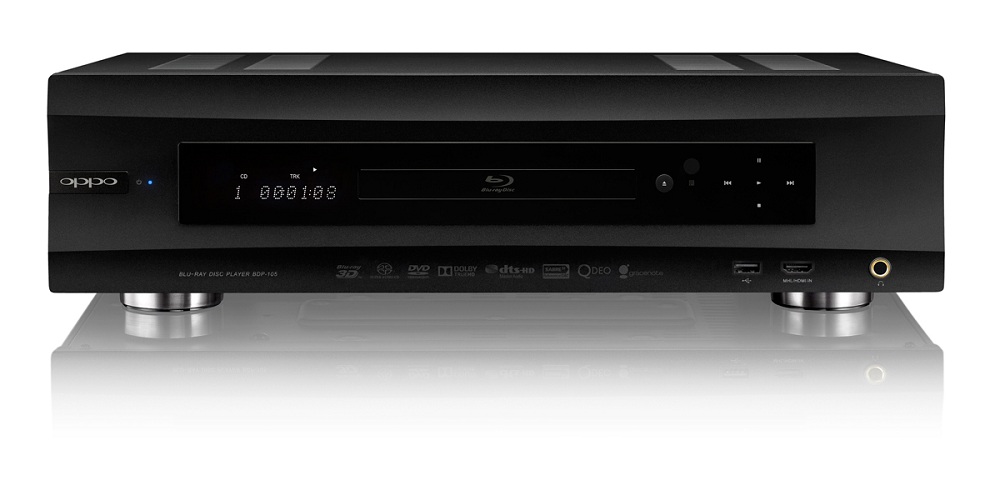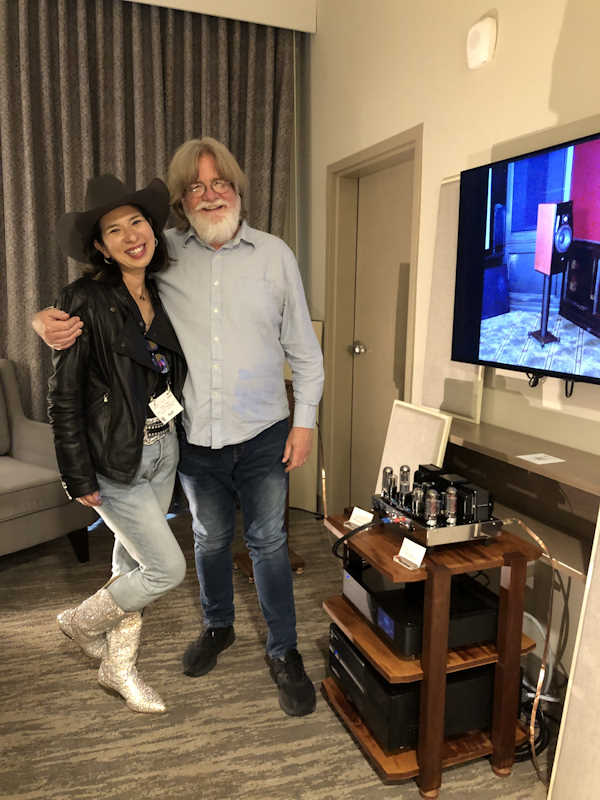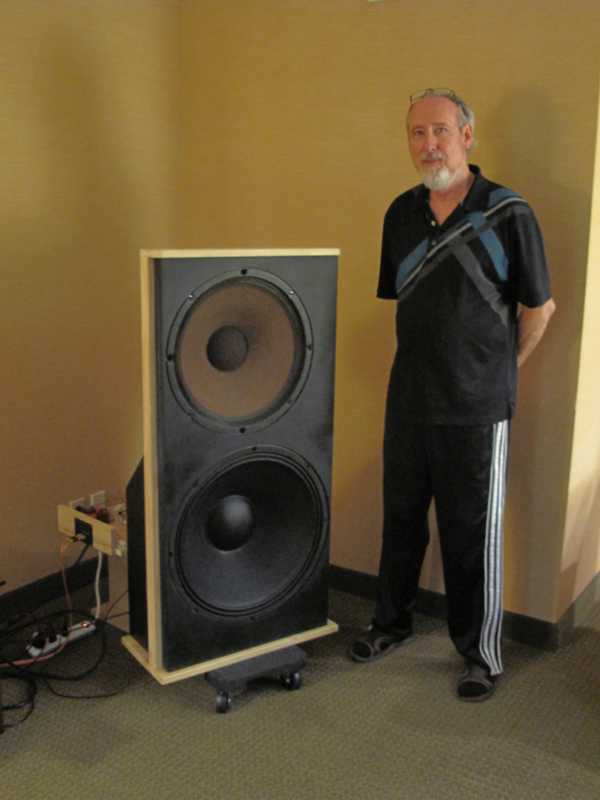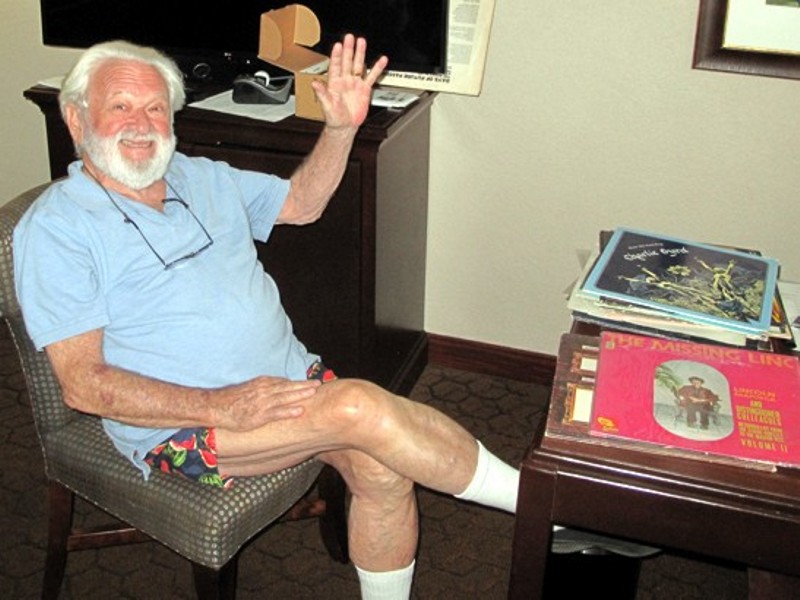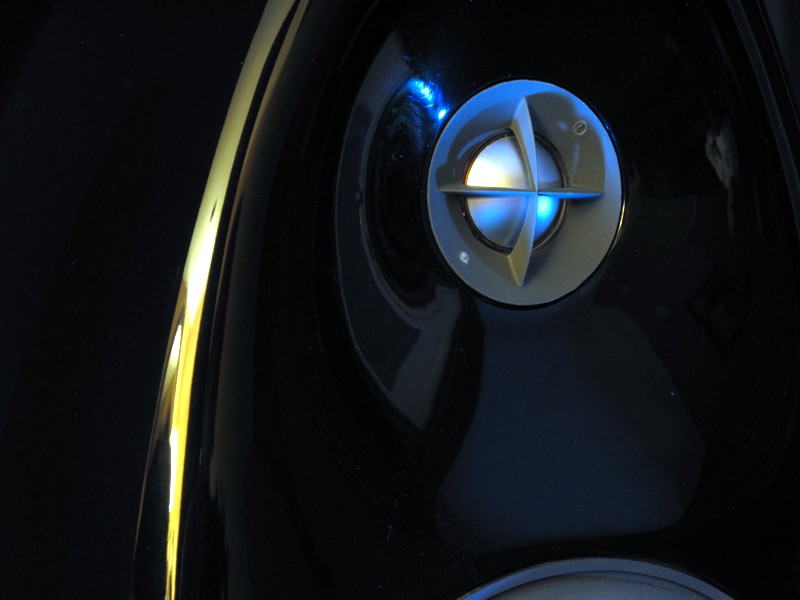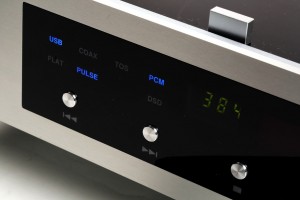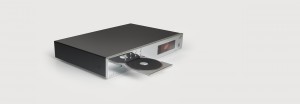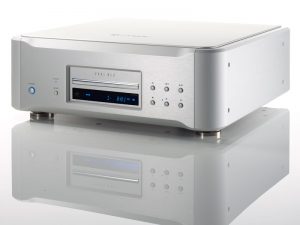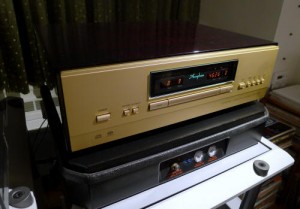"May you live in interesting times."
Legend has it that in ancient China this was a curse to be invoked against one's enemies to deprive them of a calm, simple life. The modern audiophile equivalent was the April 2, 2018 press release from Oppo's audio/video division announcing cessation of production of existing products and closing of the North American division and design center responsible for their highly praised universal disk players, DACs, and other AV products.
The 'interesting' and complex time we live in related to our love of music and Hi-Fi gear is the wide range of options one has to build and or lease a library of music to enjoy on our Hi-Fi. The good news and bad news (or shall we say 'curse') are one and the same. That is the epic battle raging over audio and video content delivery systems, including the options matrix of streaming vs physical media, and subscription vs ownership. The only way to read this news is as a win for the media renting/streaming side. Those of us who are old school and own physical disks, especially PF's favored SACDs and concert DVD/Blurays who want to send them to analog input stereos are hard hit by Oppo's departure.
Considering the news, I revisited the options once Oppo is gone. It was then I realized the universal disk player has slipped onto the endangered species list: a development apparently unnoticed and largely uncommented on by both users and the high-end press.
For this article I am defining a 'Universal' disk player as one that plays the following formats:
Blu-ray, 4K Blu-ray, DVD, SACD, and audio CD from a disk drive (streaming capabilities, while ubiquitous, are outside the scope of this article).
2018 production Universal Disk Players
- Cambridge Audio CXUHD 4K UHD Universal Blu-Ray Player. HDMI, USB, Ethernet, and S/PDIF. No analog outputs. $699
- Yamaha BD-A1060 Aventage 4K UHD Universal Blu-Ray Player. HDMI, USB, Ethernet, and S/PDIF. Analog out RCA & XLR. $499
- Yamaha BD-S681 4K UHD Universal Blu-Ray Player. HDMI, USB, Ethernet, and S/PDIF, Analog out RCA. $330
- Sony UDP-X1000ES 4K Ultra HD Blu-ray Player. HDMI, USB, Ethernet, and S/PDIF. Analog out RCA. $499
- Sony BDP-S7200 4K Ultra HD Blu-ray Player. HDMI, USB, Ethernet, and S/PDIF. No analog outputs. $399
- Sony UHP-H1 Blu-ray Player 4K upscale. HDMI, USB, Ethernet, and S/PDIF. Analog out RCA. $349
- Sony UBP-S7200 4K Ultra HD Blu-ray Player. HDMI, USB, Ethernet, and S/PDIF. No analog outputs. $199
- Sony UBP-X800 4K Ultra HD Blu-ray Player. HDMI, USB, Ethernet, and S/PDIF. No analog outputs. $249
- McIntosh MVP901 Blu-ray Player 4K upscale. HDMI, USB, Ethernet, and S/PDIF. Analog out RCA & XLR. $7000
- Pioneer BDP-88FD Blu-ray Player 4K upscale. HDMI, USB, Ethernet, and S/PDIF. Analog out RCA & XLR. $2000
- Pioneer BDP-80FD Blu-ray Player 4K upscale. HDMI, USB, Ethernet, and S/PDIF. Analog out RCA. $300
Upscale denotes players that cannot read 4K UHD Blu-ray disks but will upscale original generation Blu-ray, DVD, and streamed content to 4K UHD resolution.
Conspicuous by their absence are NAD, Onkyo, Denon, Marantz, Rotel, and any high-end niche manufacturers. Long established brands like Krell and Mark Levinson no longer offer any disk players above CD resolution. Now if the requirements are reduced to payback of just CDs and SACDs, with perhaps a USB and/or Ethernet input, the list gets longer. Let us consider why that is by looking at the market and technology forces that shape Oppo and others' decisions regarding the viability of a silver disk universal player.
In 1968 Dolby Labs introduced their Dolby-B noise reduction, and soon it was widely used in cassette recorders and players. I mention that factoid because with it Dolby introduced to the consumer electronic market the licensing of technology intellectual property (IP). At that time Hi-Fi got by with just a few industry standards including the RIAA curve for LP records and the 75 uS de-emphasis for FM tuners. Both those examples are a) technically simple (defining simple static linear filters), and b) published as open standards for anyone to use free of charge, in the interest of promoting a technology such as LP records and FM broadcasting. What Dolby-B introduced was a) a much more complex technology (a dynamically changing pre-emphasis de-emphasis filter pair), and b) a direct payment licensing system to pay Dolby Labs for their past and future R&D and to test and thus assure devices using the technology comply and deliver the promised benefits. While an added expense, the payments to Dolby rewarded manufacturers with a new product segment (only with Dolby-B could cassette tape squeak into Hi-Fi territory) and the marketing power of the must-have Dolby logo on their decks.
Fast forward to 2018 and consider the technology underpinning Oppo's final generation of universal digital disk players. Now they had to implement Dolby Digital, Dolby True HD, Dolby Atmos, DTS-HD Master Audio, HEVC, H.264, VP9 4K, and Hi10P video codecs, video upscaling, audio codecs including AIFF, ALAC, APE, FLAC, WAV, and DSD; universal disc formats, such as 4K UHD Blu-ray, Blu-ray, Blu-ray 3D, DVD, DVD-Audio, SACD, and CD; CD/DVD-ROM disks with video or audio files burned onto them; plus the ability to do all or most of that on data received over USB (DAC and reading from USB disks), Ethernet, and WiFi, including ROON support…and finally as their last coup de grace, MQA support. Inputs and outputs including legacy analog (RCA and balanced XLR please), USB, HDMI (in its latest ever changing revisions), Ethernet via both wired and WiFi wireless. And please ice the cake with lots of remote control options including infrared legacy, wired and WiFi internet protocols from devices, including the dedicated remote control, remote apps (iOS and Android), and control from and feeding content to network standards like UPnP.
As an educated guess two-thirds of those acronyms and buzzwords come with licensing fees, plus often requirements to submit each model for compliance testing. Just the fees to Dolby and DTS will be six-figure money on an annual basis. There is no doubt that regardless of each features' status as proprietary or open standard, the requirements to write or obtain then integrate, debug, and test all that software represents 100s even 1000s of engineering man-hours. All those standards are part of a business model that includes regular updates accompanied by a classic carrot plus stick motivator. The carrot of course being the benefits of a new technology marketed to the enthusiast communities, and the stick threatening the manufacturers is the rejection by those enthusiasts of a product should it lack compliance with the latest greatest buzzword technology.
The cycle of Dolby, DTS, and others investing licensing fee cash flow into the R&D to bring out new technologies has served us well. Universal disk players provided excellent platforms onto which each new format, codec, and feature could be appended. For example as a fan of SACD/DSD I would argue the first universal players saved the format. Recall how when SACD was introduced the format war erupted against DVD-A, for a time beyond the expectations of most ardent early adopters. Most consumers were withholding purchase dollars support. With the protracted Beta vs VHS battle in mind, the typical consumer was ready to declare "a pox on both your houses". Then the first universal players arrived, and with them the assurance that even if (when) one of the formats faded, your new player would remain useful playing CDs, DVDs, and the high-resolution audio format that emerged victorious. It is sadly ironic that the final generation of Oppo players still support both the 1,000s of available SACD titles, along with the long defunct DVD-A format, should an owner find a disk in that format on E-bay.
So, if the universal player represents such a shining example of a win-win-win solution for consumers, manufacturers, and technology/format providers, why are they facing extinction? The answer this author sees is the growing complexity, equating to high costs to design and maintain, no longer generating sales sufficient to support the required teams as the market transitions from physical media to streaming.
On the complexity and cost side of the equation that the multi-format ecosystem of the universal player ushered in—and streaming accelerated—lowered the barriers to entry, opening the floodgates to new formats. This occurred just as media and computer companies joined the traditional AV manufacturers and music/movie studios as developers of formats, codecs, and delivery systems. The result is the alphabet soup of formats to support listed above, and the resultant high support costs such complexity demands.
On the physical player (the objects Oppo needs to sell to be a going business) side of the equation, the universal player began in the early 2000's. Then essentially every HDTV sold was matched with a DVD player so we could control our viewing and listening using purchased disk libraries or rentals from Blockbuster. Some of us discovered a new company called Netflix that rented DVDs delivered by mail. So my first universal player had its tray fed from my CD library, a growing collection of SACDs, concert DVDs, and rentals from Blockbuster and Netflix. Not quite twenty years later Blockbuster is gone, HDTVs are 'smart' and fetch their content from Netflix via high speed networks, as disks become a niche item for dedicated collectors. Some reading this are objecting to all this video talk in our music Hi-Fi clubhouse. Please get real and admit that after CD in the 1980s, all further advances in digital audio formats are highly dependent and sit upon technologies and infrastructures from the video and computer industries. When it all nets out, over the last 15 years both typical consumers and video/audiophiles have had less and less need to spin little silver disks to access their entertainment media.
And thus the curse of interesting times strikes. While certainly not privy to the meetings at Oppo, after a multi-decade career in technology I can well imagine how it went down. On the conference room screen the PowerPoint slide shows a graph with time as its horizontal axis and $/Renminbi on the vertical. One data line is labeled 'Development and Support Costs' and is trending sharply up as complexity on top of complexity is heaped onto the platforms. A second data line is labeled 'Annual Player Sales'; alas it trends down over time.
Once those curves cross no amount of passion to build exquisite players will save the day.




